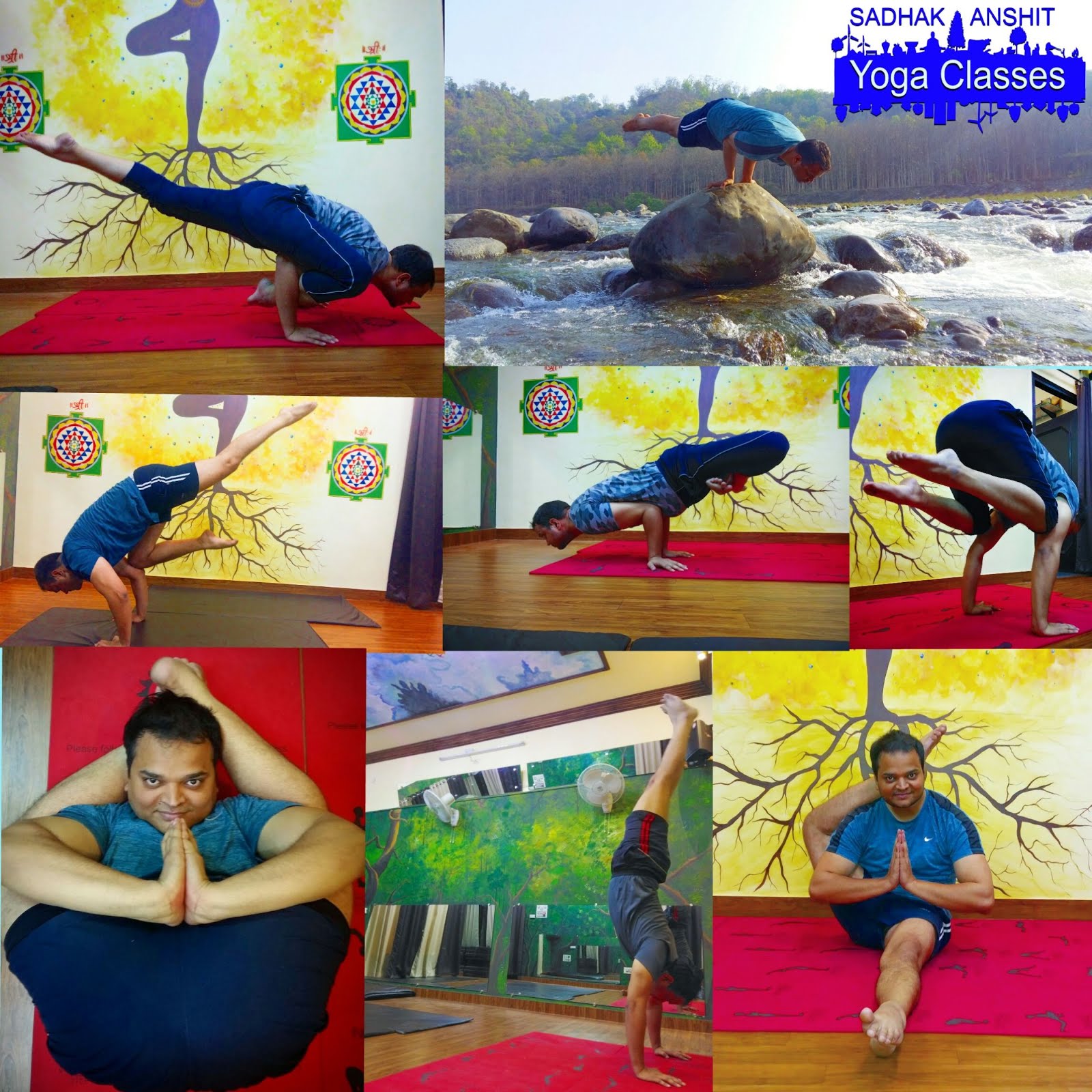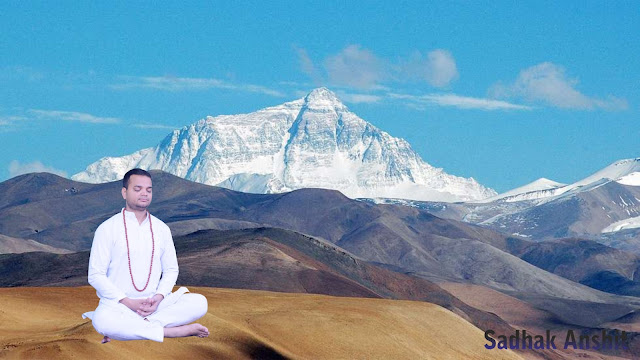A Five Minute Mindful Breathing Practice to Restore Your Attention

Sadhak Anshit Returning to the breath, again and again, when the mind has wandered that's how we train our attention. 1- Start by sitting comfortably on a cushion or in a chair. Close your eyes if you like, or leave them open and lower your gaze toward the floor. 2- Just breathe. Breathe as you normally would. There’s nothing special to do, or make happen. And then draw your attention to the physical sensation of each breath. You might notice the rising and falling of your abdomen or chest. Or you might notice the air moving in and out through your nose or mouth. With each breath, guide attention as best as you’re able back to your breathing. Breathing in… and breathing out. 3- Be kind to your busy mind. Almost immediately, and many times over, we’ll find ourselves distracted. Our attention will always wander—that’s what it does. That’s normal, and always going to be part of our experience—both in meditation, and in life. You might find that your attention wanders






